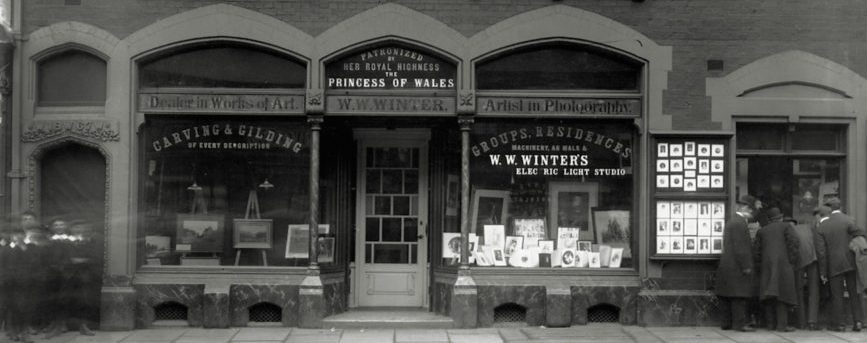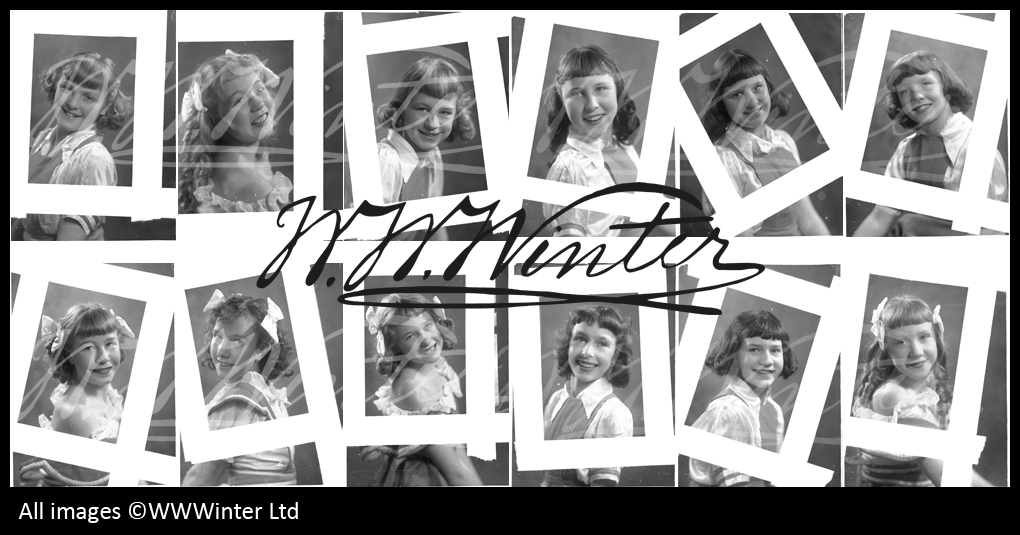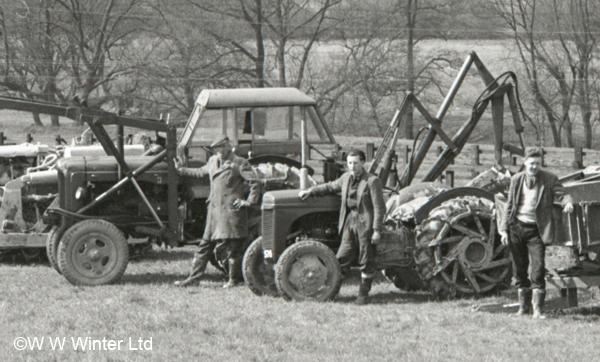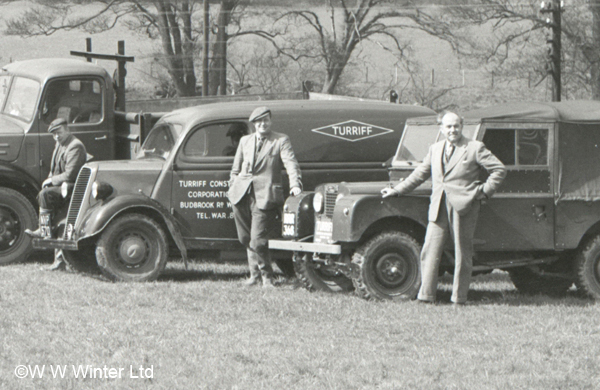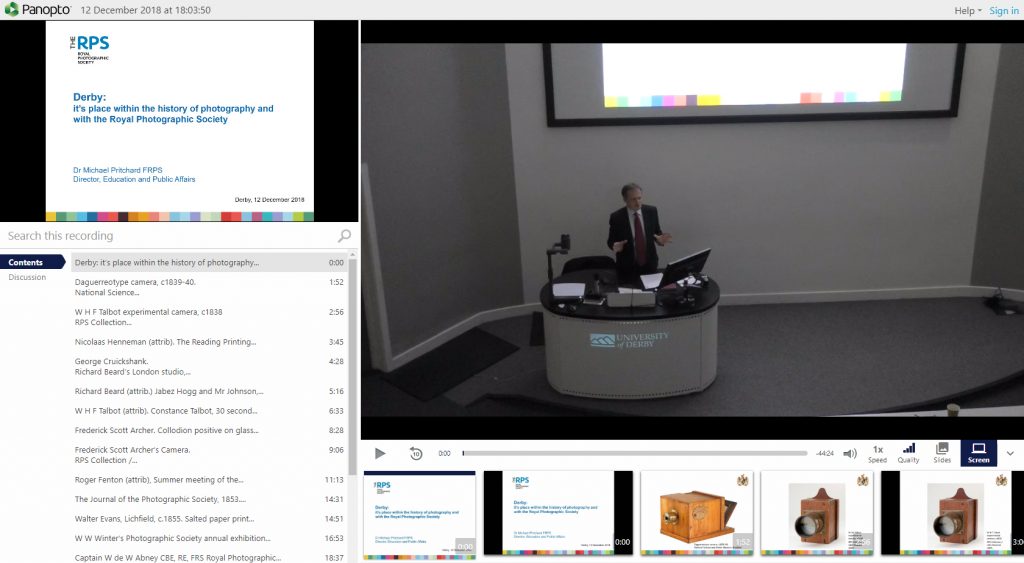Another Blog from Joanna as we return to the studio, post lockdown.
With lockdown easing some of the volunteers are back at Winter’s on a rota basis, keeping our distance in the members’ room and carrying on with the accessioning and scanning. I think I can say for all of us ‘it is good to be back’.
I for one found picking up where we left off a bit daunting as we left very suddenly. We were in the middle of a box of glass plate negatives – mayors of Derby and a series of other unrelated glass negatives of various dates. However, we soon got into it and it was great to find a negative which may explain a print we found last year. The print was of a medal presented to Ada Parnham of the Deaf and Dumb Institute (now known today as the Royal School for the Deaf) by W .W. Winter for a painting on opal at a Spring Exhibition in 1882. The medal is shown in a frame. Up until now no information about this exhibition had been found. The negative shows a craft exhibition at the Institute, and I wonder if this was an annual event at the time. Ada was 8 years old at the time that she won the medal. News reports of the AGMs of the institute show that Ada won other prizes during her time, for scripture, sewing, freehand drawing and writing. She went on to marry and to have two daughters. She and her husband Frank Bradley lived in the Alfreton area.
If anyone has any information about Ada, the medal or the exhibition, please get in touch with the studio, we would be pleased to add to this story
